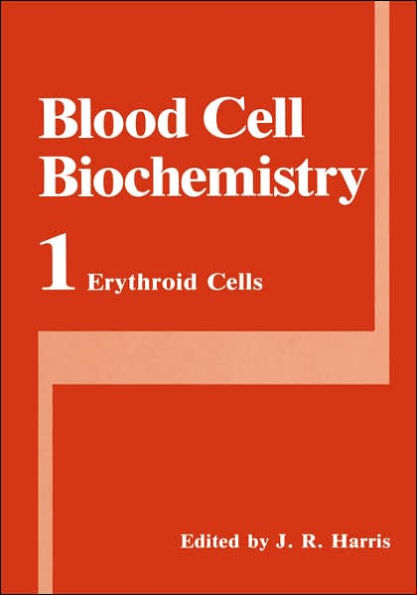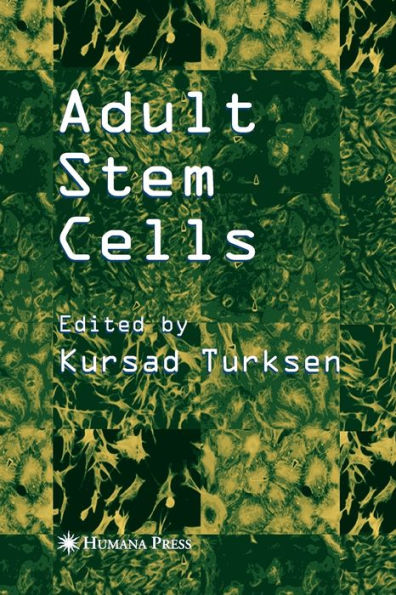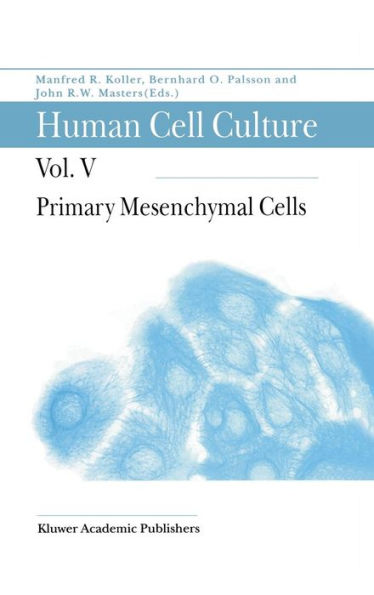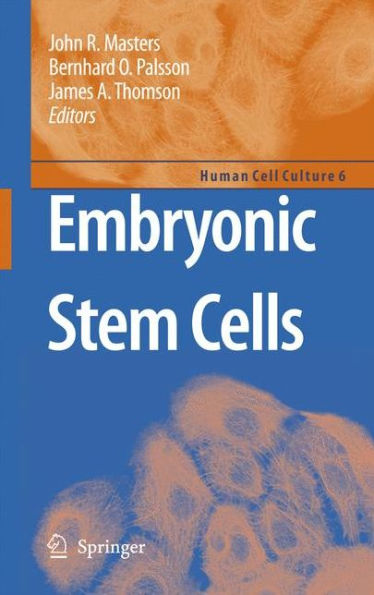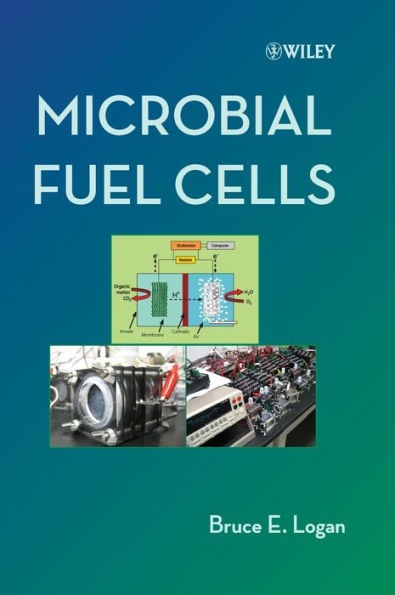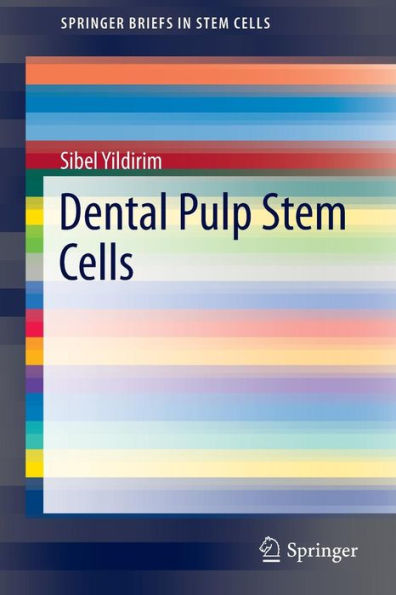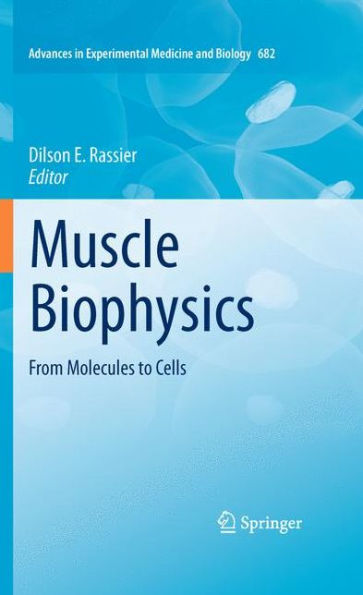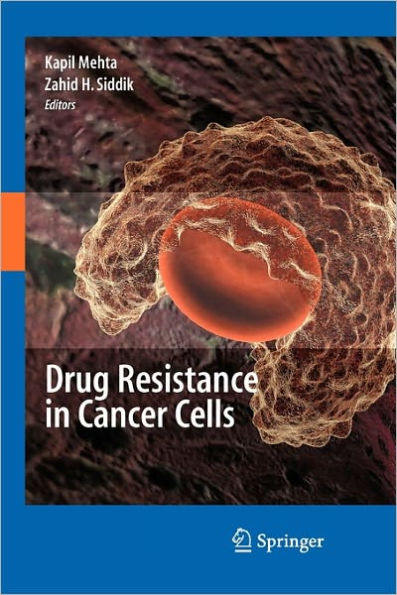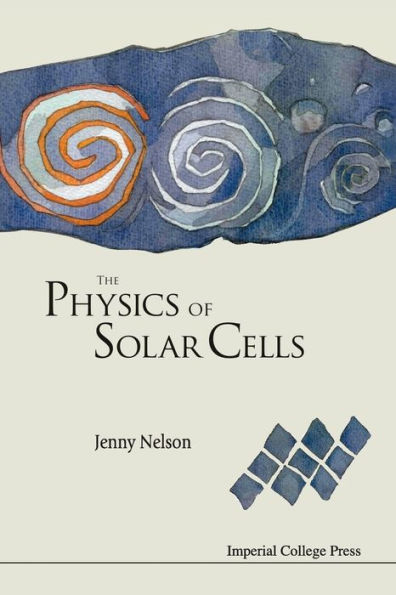Home
Interstitial Cells of Cajal: Intestinal Pacemaker Cells? / Edition 1
Barnes and Noble
Loading Inventory...
Interstitial Cells of Cajal: Intestinal Pacemaker Cells? / Edition 1
Current price: $109.99

Barnes and Noble
Interstitial Cells of Cajal: Intestinal Pacemaker Cells? / Edition 1
Current price: $109.99
Loading Inventory...
Size: OS
*Product information may vary - to confirm product availability, pricing, shipping and return information please contact Barnes and Noble
In 1949, the Dutch anatomist Jan Boeke was able to write: "The socalled interstitial cells . . . which lie at the end of the sympathetic endformation as a connecting link between the nervous endformation and the effector cells, are . . . shown to be of pri- mary importance for the transferring and the remoulding of the nervous stimulus . . . . " And: " . . . the problem of the interstitial cells and of the synapse is the most impor- tant problem of neurohistology of the future. " When Boeke wrote this, he advocated the generalized concept, holding that inter- stitial cells were intercalated between autonomic nerves and effector cells. A frank illus- tration of this is presented by Tinel (l937), who places interstitial cells of Cajal (ICC) as terminal neurons of all autonomic nerves (his Fig. 1). While there have been over 100 light microscopic investigations (Table 1) of ICC in tissues and organs other than intestine, none of these have been followed up by electron microscopic studies. It is important to bear in mind that when the term ICC is used today, the only reference tissue for which sufficient information (i. e., including an ultrastructural identification) on the ICC is at hand is the intestine, or rather the muscularis externa of small inte- stine (in Table 1, those contributions which relate to intestinal ICC are underlined).
In 1949, the Dutch anatomist Jan Boeke was able to write: "The socalled interstitial cells . . . which lie at the end of the sympathetic endformation as a connecting link between the nervous endformation and the effector cells, are . . . shown to be of pri- mary importance for the transferring and the remoulding of the nervous stimulus . . . . " And: " . . . the problem of the interstitial cells and of the synapse is the most impor- tant problem of neurohistology of the future. " When Boeke wrote this, he advocated the generalized concept, holding that inter- stitial cells were intercalated between autonomic nerves and effector cells. A frank illus- tration of this is presented by Tinel (l937), who places interstitial cells of Cajal (ICC) as terminal neurons of all autonomic nerves (his Fig. 1). While there have been over 100 light microscopic investigations (Table 1) of ICC in tissues and organs other than intestine, none of these have been followed up by electron microscopic studies. It is important to bear in mind that when the term ICC is used today, the only reference tissue for which sufficient information (i. e., including an ultrastructural identification) on the ICC is at hand is the intestine, or rather the muscularis externa of small inte- stine (in Table 1, those contributions which relate to intestinal ICC are underlined).
